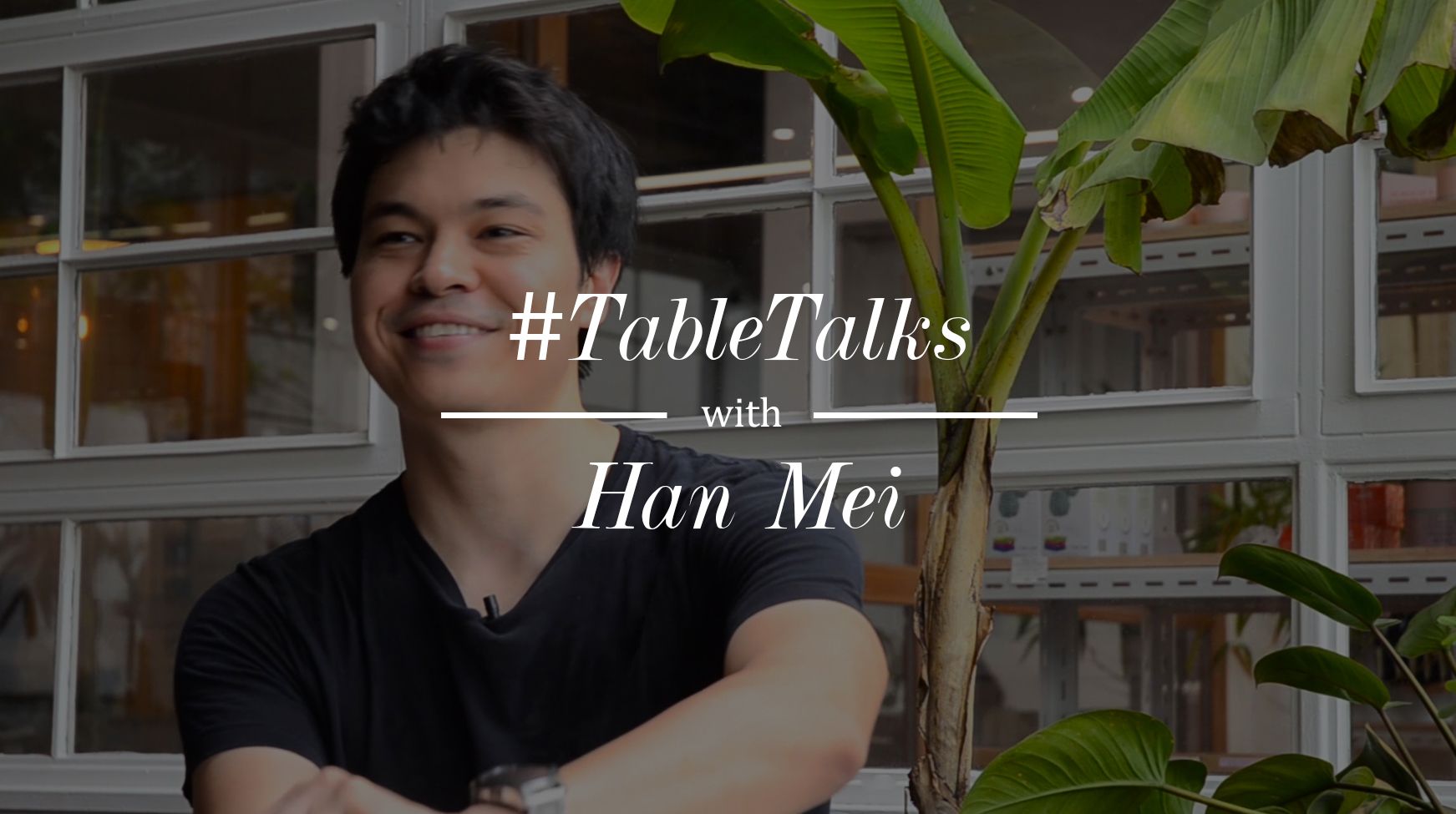Han Mei, born and raised in the UK, is the owner of an award-winning matcha and true artisan tea shop located in the heart of Bangkok. With the right combination of modern western and east oriental culture, he managed to create a revolutionary concoction at par with the authenticity found in the Land of the Rising Sun-- ready to be a game-changer throughout Asia.
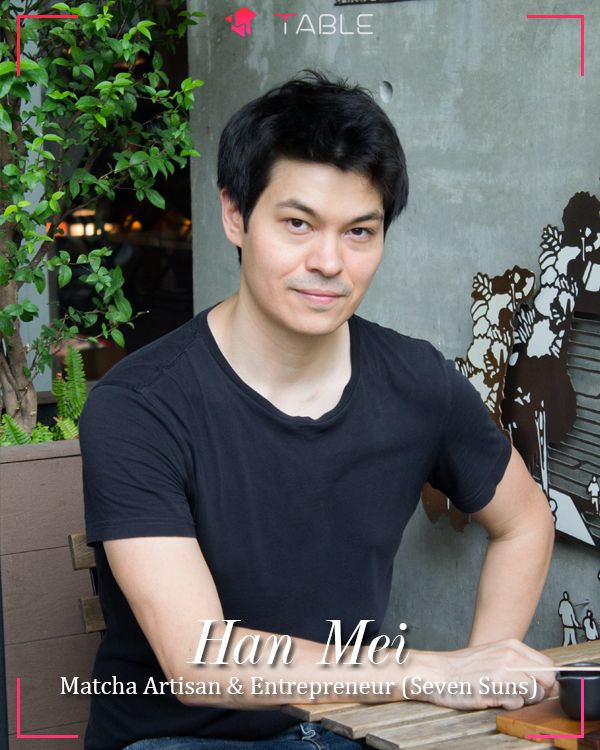
Having a family business of Chinese medicine and artisanal teas in the UK, Han wanted to introduce the traditional tea-drinking culture to Thailand by making it more easily accessible and affordable while still retaining his drinks’ undeniable quality. At first, he found it difficult to tap the market with his brand’s signature gong fu style. However, after careful evaluation of the trend in Asia, he found people gravitating towards Japanese tea matcha.
Matcha has skyrocketed in popularity lately with matcha shots, lattes, teas, and even desserts appearing everywhere from health stores to coffee shops. Han and his team did not waste any time and hopped on the bandwagon, but here’s what they did differently: they took everything a notch higher—from sourcing the powder to finding the blend that gained Seven Suns the recognition it has now.

Get to know him more:
Table: Tell us what makes a good matcha.
Han: Matcha can be ranked from grade A to F - the grade F is the worst kind among all other types. It starts only getting decent outside about grade D or C and our matcha can only go for like B plus or A (taking into consideration the price-point of the market) or you get triple A, as well, but that's next level expensive. We might bring that in later *laughs*.
T: What should people look for to know that it’s a good matcha?
H: What people should look for is a question I get asked all the time. “How do I know it’s good matcha?”. If it’s a vibrant green-- not kind of yellow-y or brown-- that’s a good starting point. The top end Matcha that I’m talking about is the grade A, [or] AA. Usually, the green has a-- sounds kind of weird-- blue-y tinge to it. If you can, then, actually smell it, you want a umami flavor-- like a meat flavor, savory flavor. And a little kind of, like, acorn-y, nutty, and pine fragrance. On the whole, you’re looking for smooth, savory notes.
T: When did you realize that your award-winning tea will become a thing in Bangkok?
H: We had an event at Paragon Siam Paragon and it’s called Matcha Mania. It’s a 10 Day event and, in the first couple of days, we sold like two matcha cups a day before, then after a while, the queue got crazy, and we were doing like 600 - 700 cups a day!
T: Can you explain to us about the tea quality?
H: For quality, just kind of keeping it more refined; not trying to add too much crazy stuff to it.
It's a very long process. Quality matcha, basically, the reason why it's so expensive is [that] they have to shade grow it. They have to kind of just give it enough sunlight to the plant where it's almost starving it of sunlight, and that's when it creates new chlorophyll. it becomes very green, so that's usually a process of 25 to 45 days shade growth.
Then, they hand pluck the tender baby leaves. They strip the little vein in the middle, so you just have the flesh that then is steamed to preserve the freshness, the greenness.
It goes into a stonemill where it becomes the powder. That stone mill, I think, you get [only] 15 grams every hour, so it's a very slow process. The tea master has to taste it; make sure it's of the right standard and it gets graded. It's a long process and its people don't realize how expensive it is.
T: Is Matcha healthy?
H: The benefits of Matcha is incredible. It is high in antioxidants, and it can boost your metabolism and immune system, as well as lower your blood pressure. Moreover, it can help you lose weight and give you energy that lasts even longer than coffee because of its slow-releasing quality.
Backed by the world-renowned Mei Leaf Tea Company, they went far and wide and managed to procure the ideal products suitable for their brand. It took them a while, but, now, they work with only highly-skilled matcha producers in Japan because they believe that quality ingredients beget quality flavors.
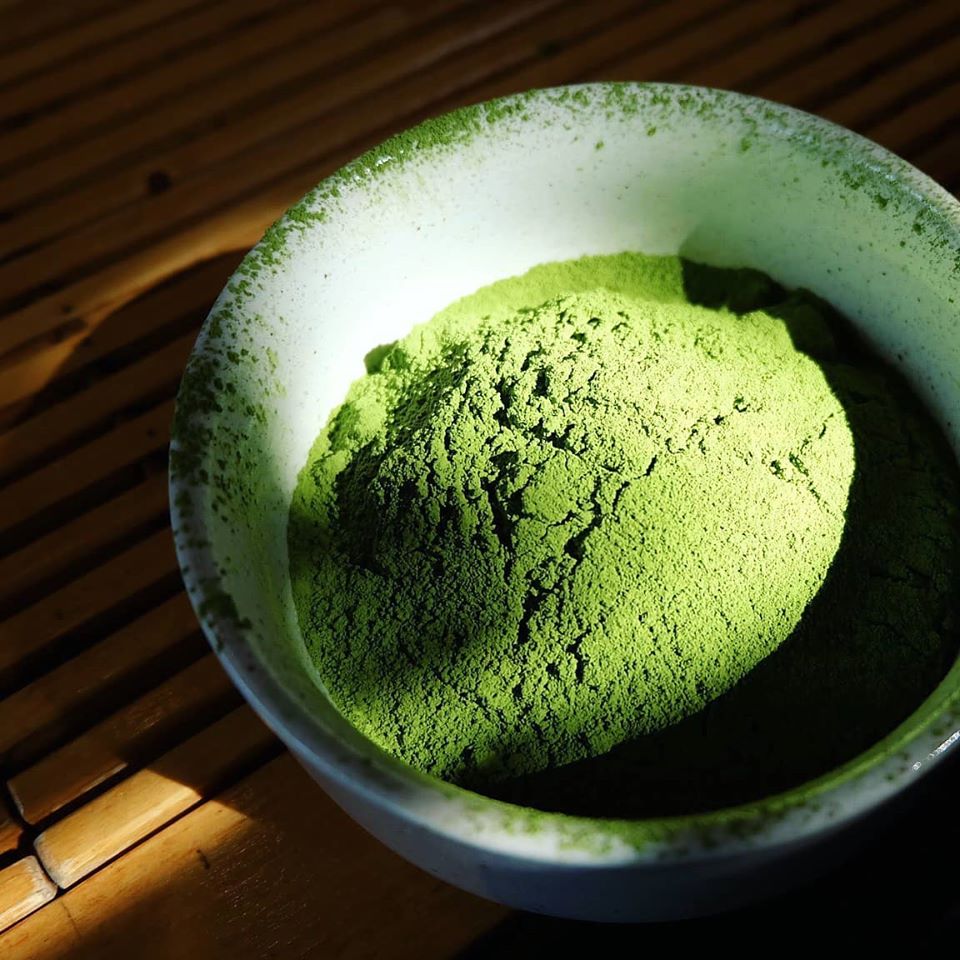
That part was already a feat in itself, but finding the perfect blend was the most challenging part. It took Han and his team over 70 variants of matcha before they were able to come up with their signature mix-- encapsulating the matcha’s true essence and full-bodied flavor at the right price point.
“ Matcha and wine are like the same thing. There's no Matcha the same. It's like wine, so you have different, you know, different soils create a different flavor, and they might blend the different types of strains together. ”
Anyone who has tried matcha will perhaps have sensed varying levels of sweet, astringent, and bitter tastes. Han had spent an admirable prolonged period selecting and tasting tea all around, and he mentioned that the premium green tea is rich in umami and the taste that his teas offer is like a smooth and savory chicken soup (Umami is known to be the fifth taste, joining sweet, sour, salty and bitter)-- a vast difference uncommonly found elsewhere.
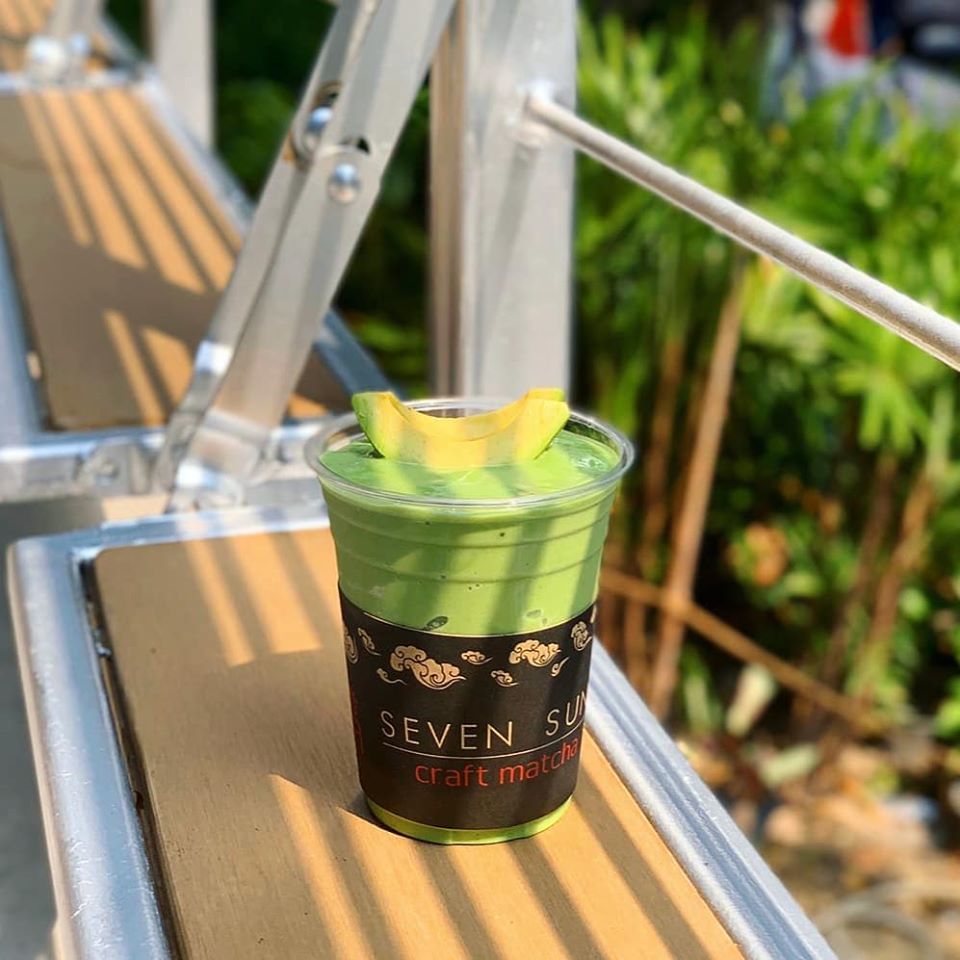
And then the rest is history. It wasn’t long before they were hailed as having the best matcha in Bangkok. They also developed new products aside from the classics. There are variants for all palates; some drinks are mixed with coconuts, milk, and more-- suitable for everyone’s preferences for maximum enjoyment.
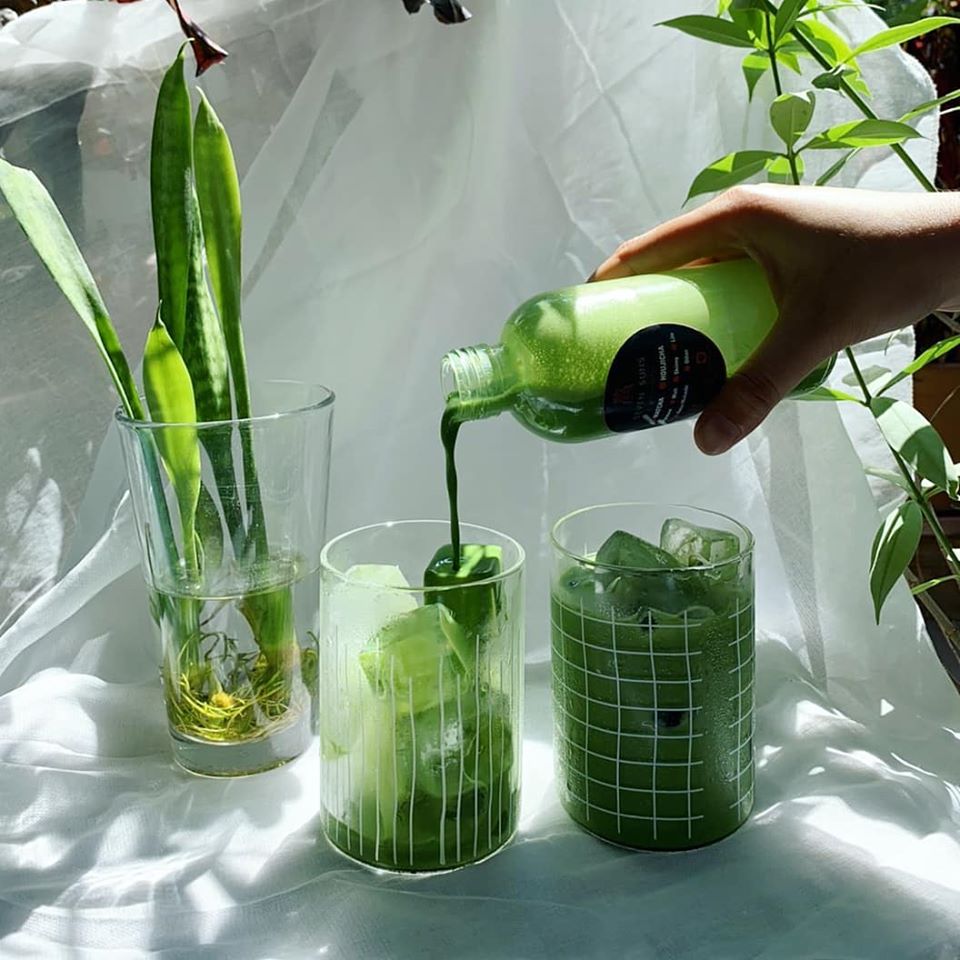
At Seven Suns, the drinks are made right in front of you, so you can enjoy watching the craftsmanship from learning about the process of tea-picking to tea-making. If you’re not a fan, they’ll convert you with one drink.
-
Like what you read? Check out more articles on TABLE Insider!
‘TABLE Talks’ is where we sit down with personalities behind masterpieces and have a chat about their passion and inspiration and how they impact the lifestyle community. We aim to recognize the people behind our favorite haunts and appreciate their craft and skills that revolutionize the industry.
Be sure to follow us on Facebook and Instagram and add us on Line!

